We’d like to remind Forumites to please avoid political debate on the Forum.
This is to keep it a safe and useful space for MoneySaving discussions. Threads that are – or become – political in nature may be removed in line with the Forum’s rules. Thank you for your understanding.
📨 Have you signed up to the Forum's new Email Digest yet? Get a selection of trending threads sent straight to your inbox daily, weekly or monthly!
Crack on wall/Ceiling upstairs - serious or superficial
iwant2asave
Posts: 168 Forumite






Hello,
We have a long thin crack on a wall/ceiling upstairs and wondered if there is an easy way to know if it is serious or superficial. Pics attached. It starts from the top of the door and extends up to the wall with cracked plasterboard and across the ceiling to the far wall in a very thin line. (There is also a mirrored crack on the other side of the wall). There is an attic above this ceiling and this is an internal wall.
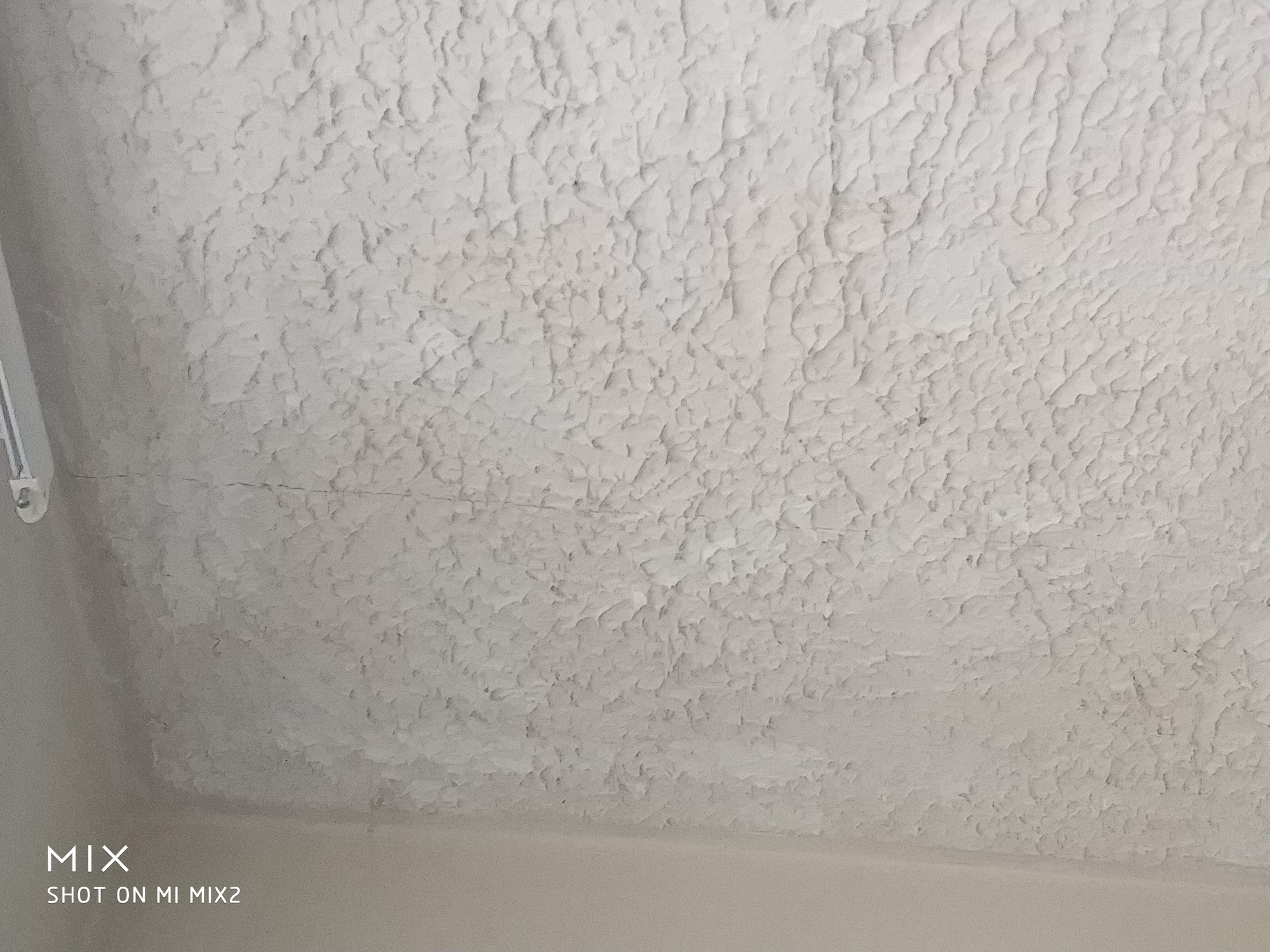
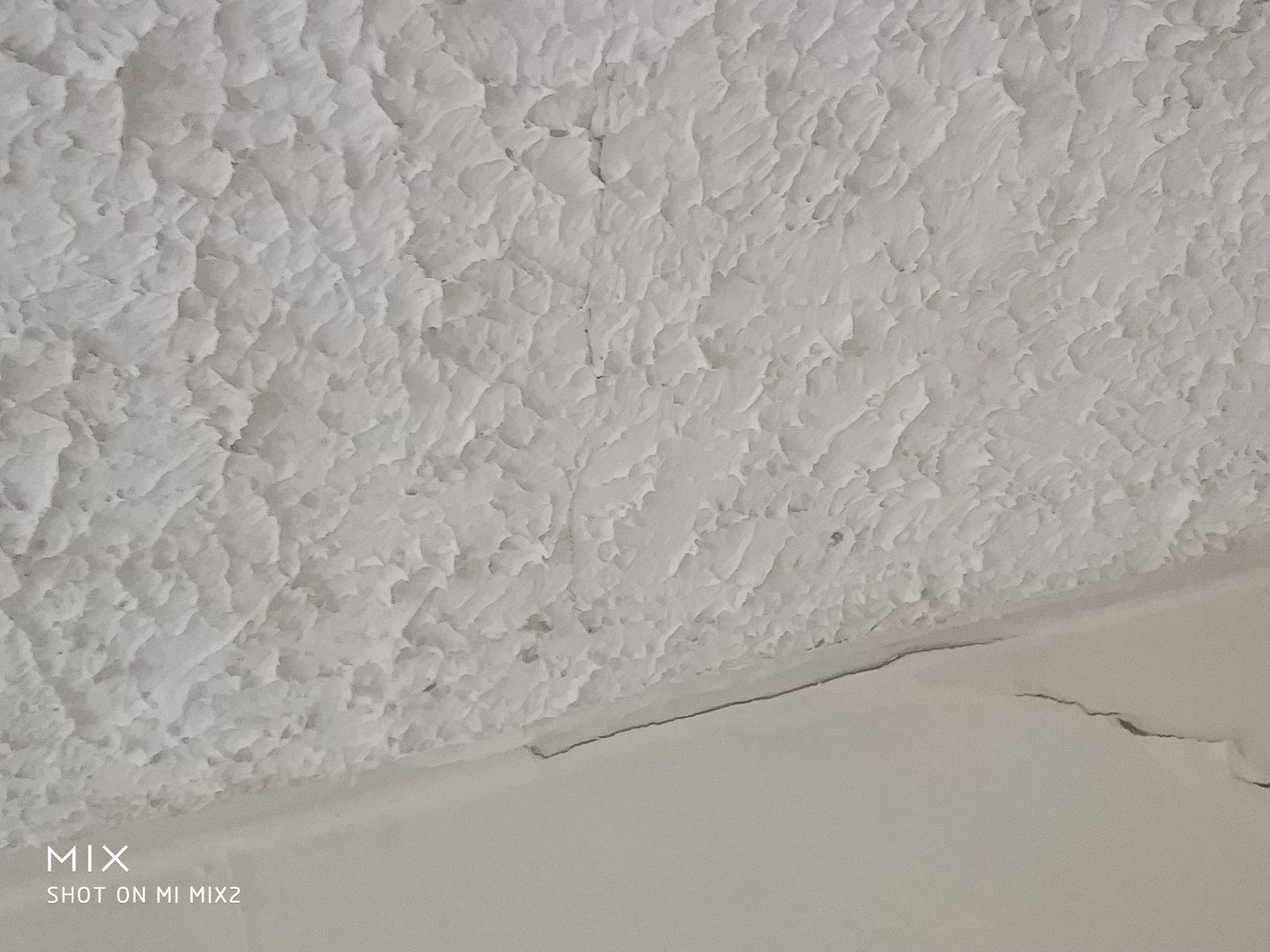
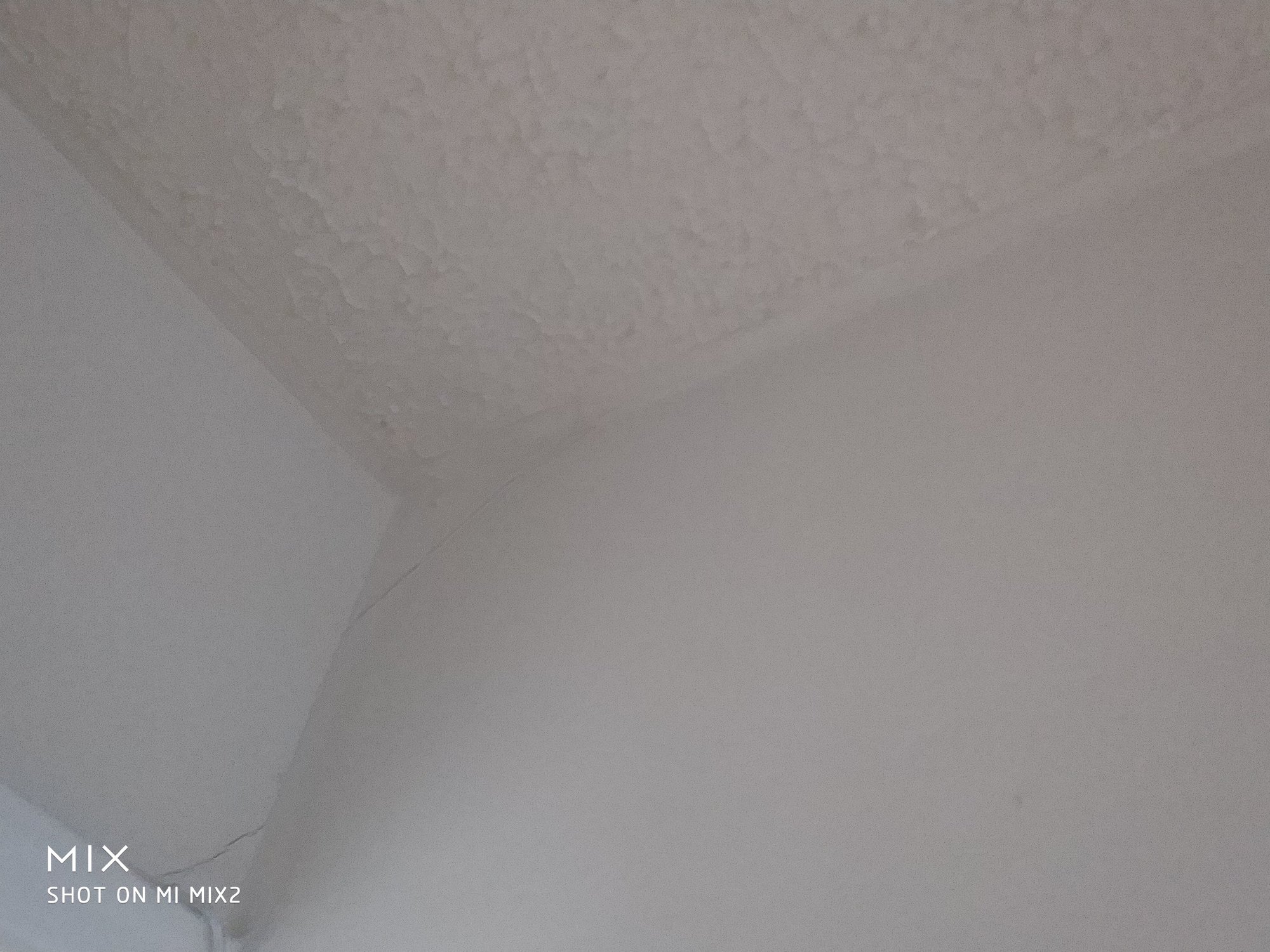
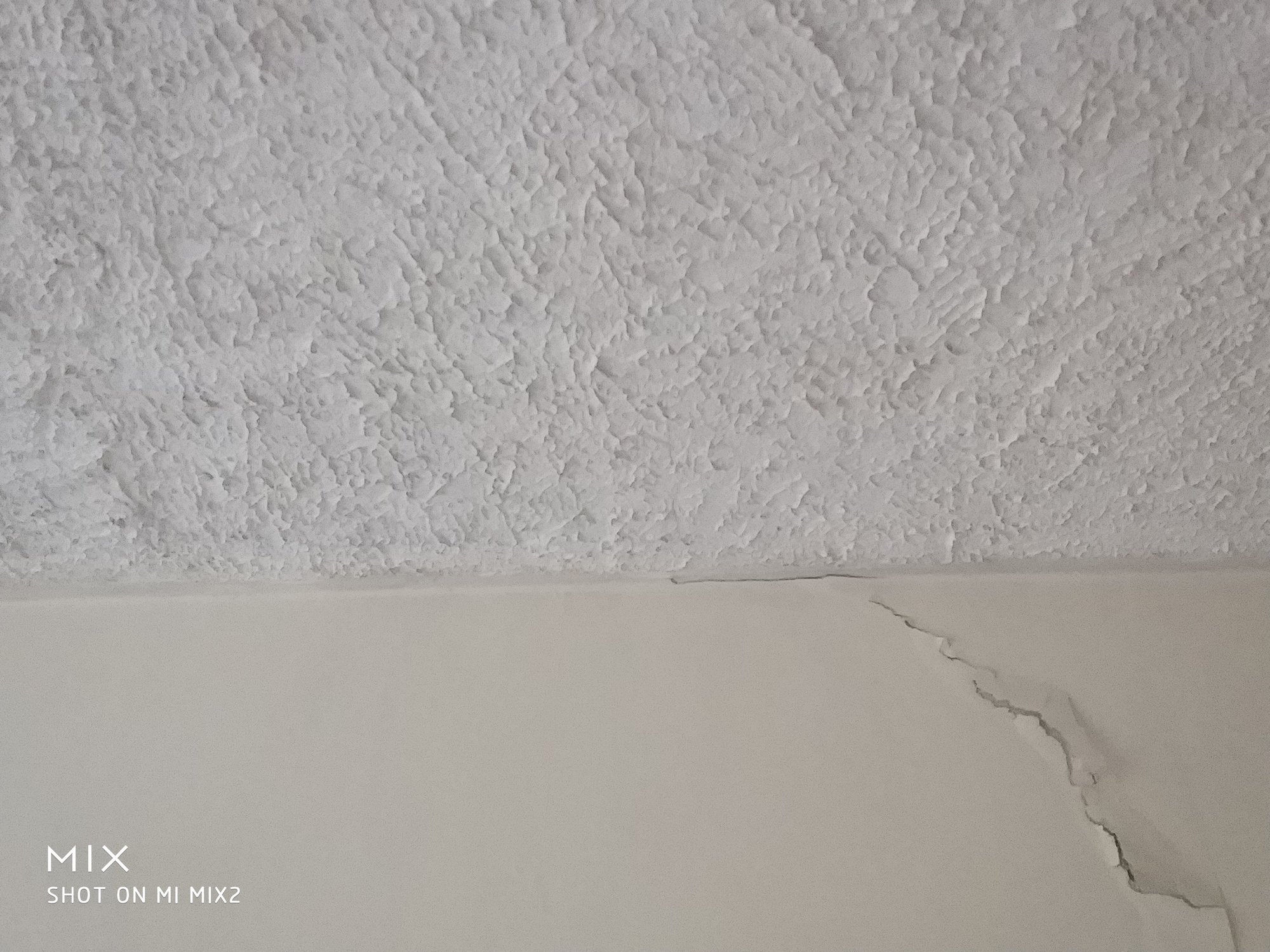
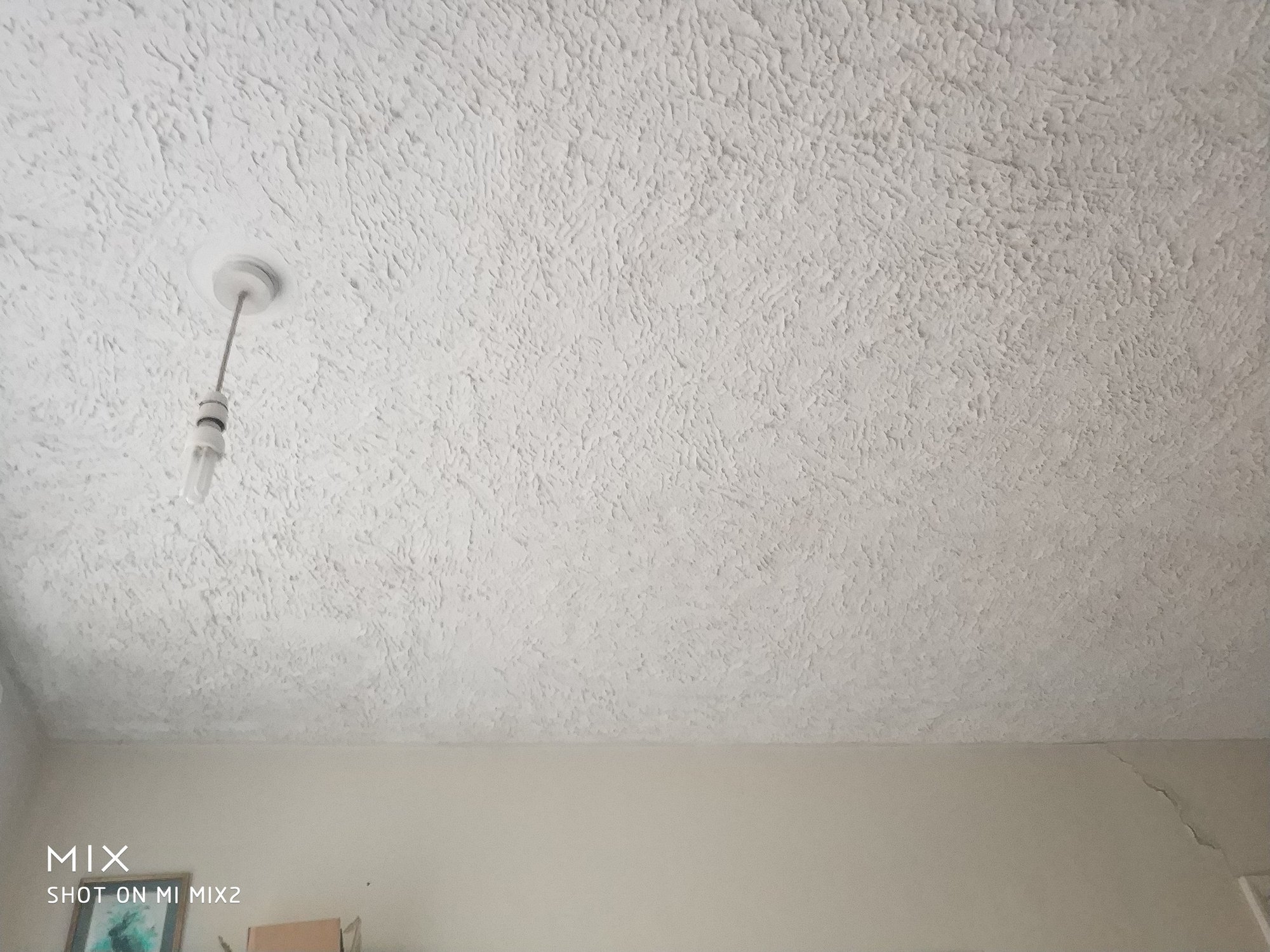
We have a long thin crack on a wall/ceiling upstairs and wondered if there is an easy way to know if it is serious or superficial. Pics attached. It starts from the top of the door and extends up to the wall with cracked plasterboard and across the ceiling to the far wall in a very thin line. (There is also a mirrored crack on the other side of the wall). There is an attic above this ceiling and this is an internal wall.





0
Comments
-
Which direction do the ceiling joists run, parallel to the wall or on to the top of it?
When looking from above in the attic can you see anything resting on the top of the wall?0 -
Hello,m0t said:Which direction do the ceiling joists run, parallel to the wall or on to the top of it?
When looking from above in the attic can you see anything resting on the top of the wall?
Thanks for the reply. The ceiling joists look to be almost parallel to the wall. I checked in the the attic hatch and I couldn't see anything directly on top of the wall.
There were some heavy boxes of things near the loft hatch but not directly on the wall. There are some other boxes that I couldn't easily get to which look to be partly on the wall (not sure if they are heavy).
0 -
If the joists run parallel to the wall then it's not holding anything up and the crack over the door is most likely superficial and caused by movement or the repeated closing of the door.
The ceiling crack being so straight looks like the edge of the plasterboard and again likely caused by movement.1 -
Thanks again for the reply. Sorry I think I might have made a mistake on the wording of my last post. I mean to say the joist looks to run parallel to the wall. It's almost on top of the wall, perhaps a few centimeters to the side and parallel.m0t said:If the joists run parallel to the wall then it's not holding anything up and the crack over the door is most likely superficial and caused by movement or the repeated closing of the door.
The ceiling crack being so straight looks like the edge of the plasterboard and again likely caused by movement.
I'm probably going to have a check and remove anything else really heavy in the attic as I can't imagine that is a good idea to have 10kg+ items on the floor.
When you say "movement" is that something that can become worse/serious over time if movement is the cause. Thanks again.0 -
The cracks from door to ceiling and the corner of the ceiling look identical in pattern to ones I had in my old house. They'd been there forever and would eventually reappear after decorating.However it looks like dry wall so the problem is less easy to deal with than plaster onto brick.Definitely worth the hassle of poking around above the problem and seeing what's there. It will put your mind at rest or give you something to deal with rather than worrying about it

I can rise and shine - just not at the same time!
viral kindness .....kindness is contageous pass it on
The only normal people you know are the ones you don’t know very well
1 -
For the wall to be supporting the joist the joist should be at 90 degrees to the wall with the ends sat on it.iwant2asave said:
Thanks again for the reply. Sorry I think I might have made a mistake on the wording of my last post. I mean to say the joist looks to run parallel to the wall. It's almost on top of the wall, perhaps a few centimeters to the side and parallel.m0t said:If the joists run parallel to the wall then it's not holding anything up and the crack over the door is most likely superficial and caused by movement or the repeated closing of the door.
The ceiling crack being so straight looks like the edge of the plasterboard and again likely caused by movement.
I'm probably going to have a check and remove anything else really heavy in the attic as I can't imagine that is a good idea to have 10kg+ items on the floor.
When you say "movement" is that something that can become worse/serious over time if movement is the cause. Thanks again.
My suspicion is that this is an internal partition wall and the purpose is just to separate the rooms. One other way to check this would be to lift a floor board and check if you can see underneath the wall as partition walls are often built on top of the boards. This also makes them susceptible to cracking as the floor boards move with temperature changes and people walking across them.
Once the wall has cracked it is likely that the crack will just keep opening up. You can try filling it with a flexible decorators caulk.
The ceiling is most likely a result of movement between the plaster boards. If the boards were nailed to the joists then they can slowly work out over the years. Also your ceiling joists will be quite small and not designed for heavy loads and this can bend then and cause cracking.
Because that is an artex ceiling you'll struggle to fill the crack and match it in. Also depending on age artex can contain asbestos, if you are looking to decorate the room you could have someone over board the ceiling and plaster the new boards.
1
Confirm your email address to Create Threads and Reply

Categories
- All Categories
- 351.7K Banking & Borrowing
- 253.4K Reduce Debt & Boost Income
- 454K Spending & Discounts
- 244.7K Work, Benefits & Business
- 600.1K Mortgages, Homes & Bills
- 177.3K Life & Family
- 258.4K Travel & Transport
- 1.5M Hobbies & Leisure
- 16.2K Discuss & Feedback
- 37.6K Read-Only Boards
